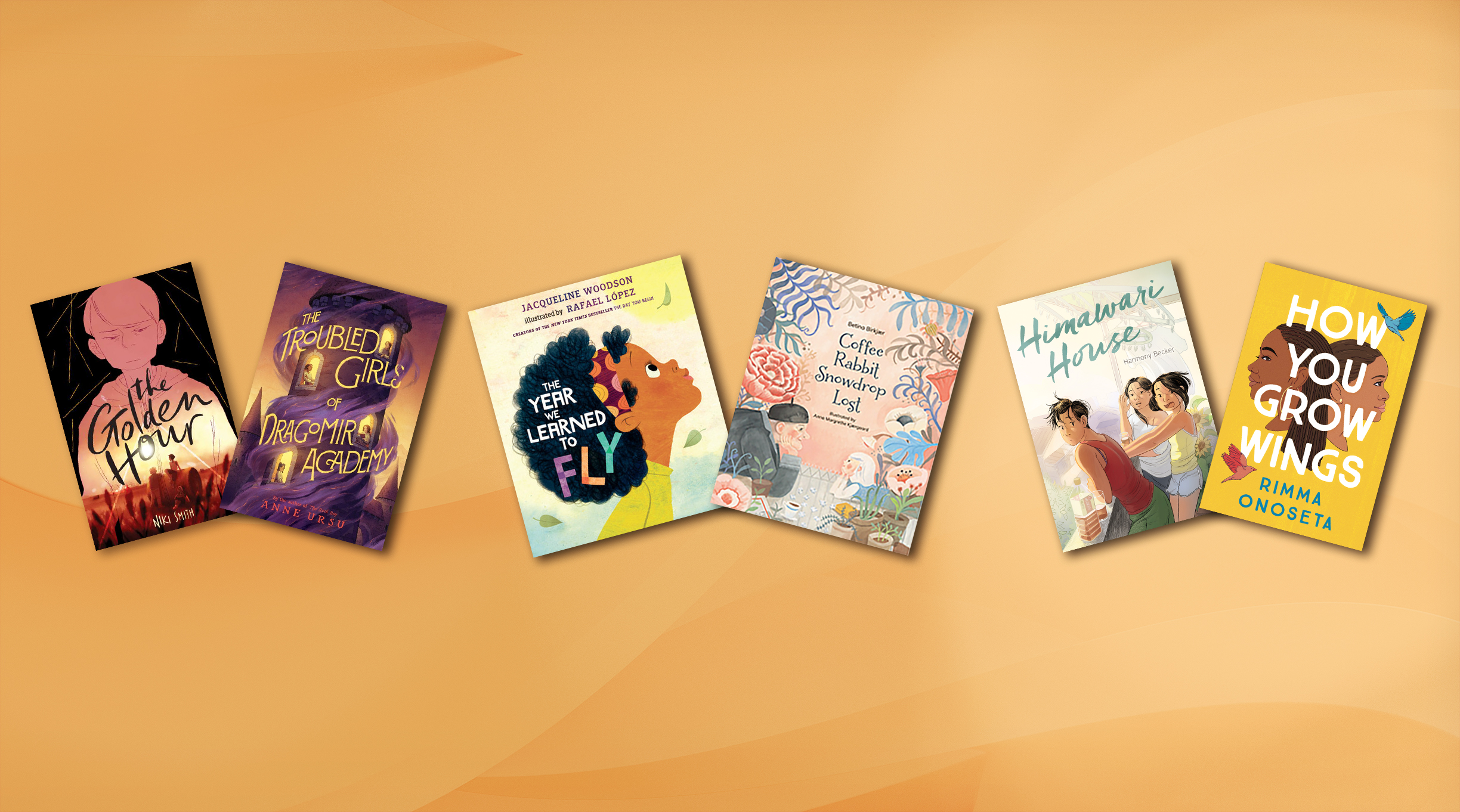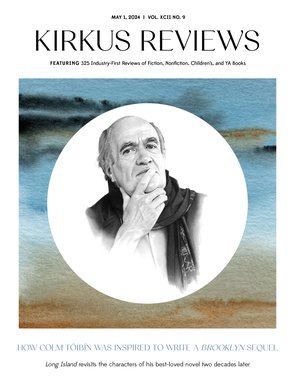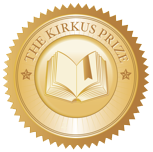This year’s Kirkus Prize judges for Young Readers’ Literature—educator Junko Yokota, a prominent figure in the global children’s literature community, and Kirkus critic Alec B. Chunn, a librarian and 2021 Caldecott Award selection committee member—have chosen their six finalists from 512 eligible Kirkus-starred titles.
In late October they will be joined by two more judges, award-winning New Kid author Jerry Craft and Kirkus young readers’ editor Laura Simeon, to help choose the winner of the $50,000 prize.
The sheer variety of astonishing, delightful, memorable reads under consideration made this first round of selections, the result of many hours of reading and discussion, quite challenging. Without further ado, we’re proud to present our slate of finalists.
Coffee, Rabbit, Snowdrop, Lost by Betina Birkjær, illustrated by Anna Margrethe Kjærgaard, translated by Sinéad Quirke Køngerskov (Enchanted Lion): A child observes as Grandpa loses first words, then abilities and memories. Birkjær’s matter-of-fact text, translated from Danish, and Kjærgaard’s graceful, impressionistic illustrations are both sophisticated and child-friendly. Gentle yet forthright, this stirring, evocative picture book makes a topic that even adults find difficult accessible for a young audience.
The Year We Learned To Fly by Jacqueline Woodson, illustrated by Rafael López (Nancy Paulsen Books): Encouraged by their grandmother to “use those beautiful and brilliant minds of yours,” two Black siblings facing a range of challenges, from boredom to a move to a new neighborhood, find themselves taking flight through the power of imagination—a talent, they learn, that has its roots in the perseverance of their enslaved ancestors. López’s vibrant images match Woodson’s rousing verse beat for beat in this picture book that will bolster young ones confronting troubles of their own.
The Golden Hour by Niki Smith (Little, Brown): In the wake of witnessing an act of violence at school, Manuel, a young Latine boy, grapples with PTSD while working with his classmates on a project. Though this tender, perceptive graphic novel focuses on Manuel’s turmoil, it’s also a tale of quiet joy as the protagonist finds solace in friendships, a blossoming queer romance, and a newfound passion for photography.
The Troubled Girls of Dragomir Academy by Anne Ursu (Walden Pond Press/HarperCollins): “Who does the story serve?” This critical question lies at the heart of this remarkably original, attention-grabbing fantasy that shines a spotlight on the ways manipulation of history is used to justify gender bias. Twelve-year-old Marya Lupu is banished to a repressive boarding school along with other “troubled”—or, rather, troublesome—girls. Jolted out of trusting acceptance, she begins to unravel the lies they’ve been fed.
Himawari House by Harmony Becker (First Second): This extraordinary work demonstrates the emotional resonance graphic novels can have. After high school, biracial (White and Japanese) Nao moves from America to a shared house in Tokyo. She and her housemates bond across linguistic and cultural differences, quickly forming the passionate friendships of youths navigating life’s challenges together. This multilingual title accessibly conveys the joys and bewilderment of being immersed in a new language environment.
How You Grow Wings by Rimma Onoseta (Algonquin): This unforgettable, emotionally sophisticated novel explores universal themes of familial and cultural bias and dysfunction in ways that are grounded in a richly evoked Nigerian context. Cheta’s and Zam’s lives—shaped by their mother’s (and broader society’s) explicit preference for compliant Zam over rebellious Cheta—are radically divergent. The sisters, buffeted by sexism, colorism, and socio-economic divisions, strive in their own ways to lead fulfilling lives.
Mahnaz Dar and Laura Simeon are young readers’ editors.









































